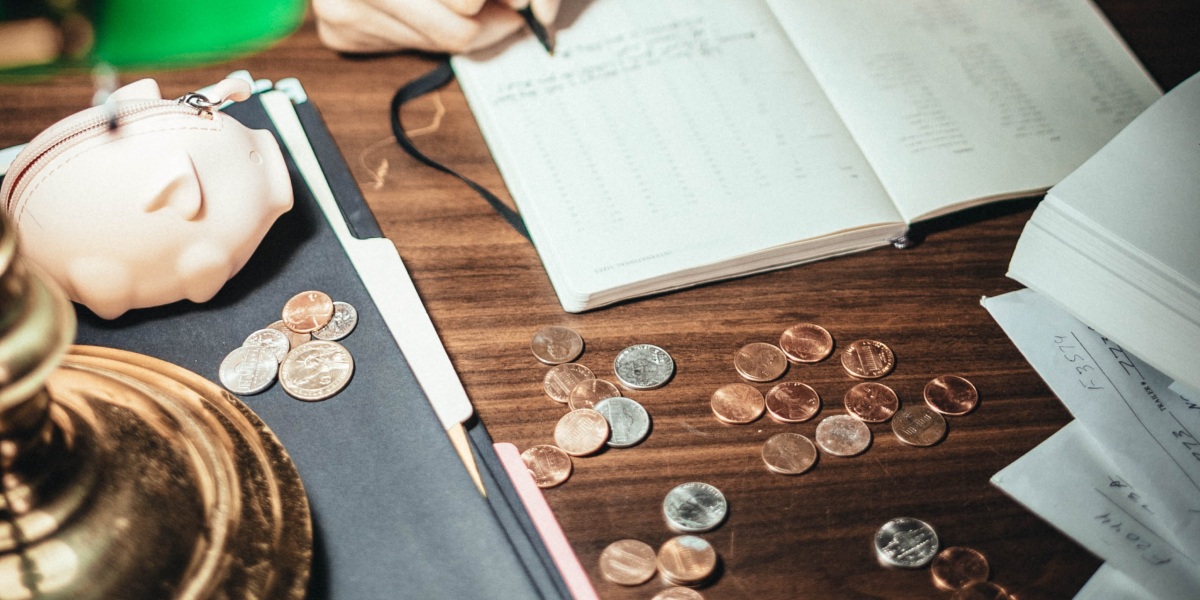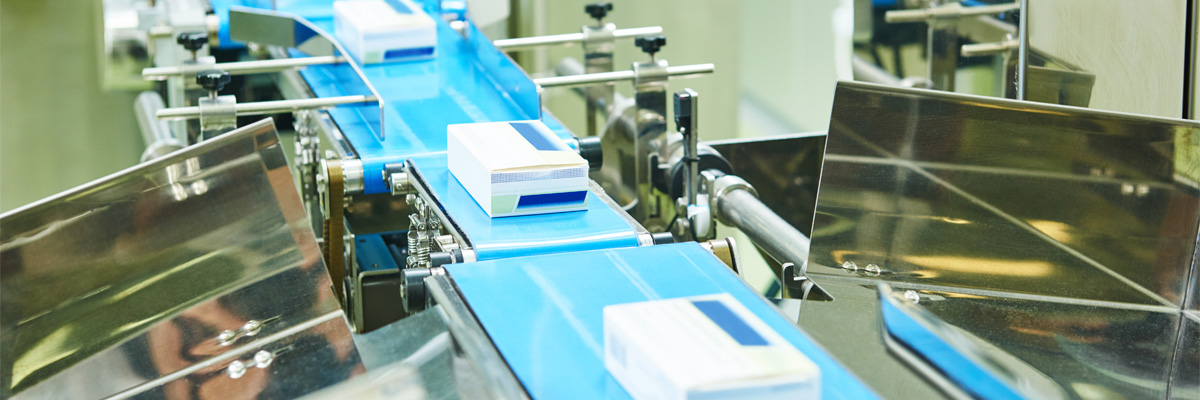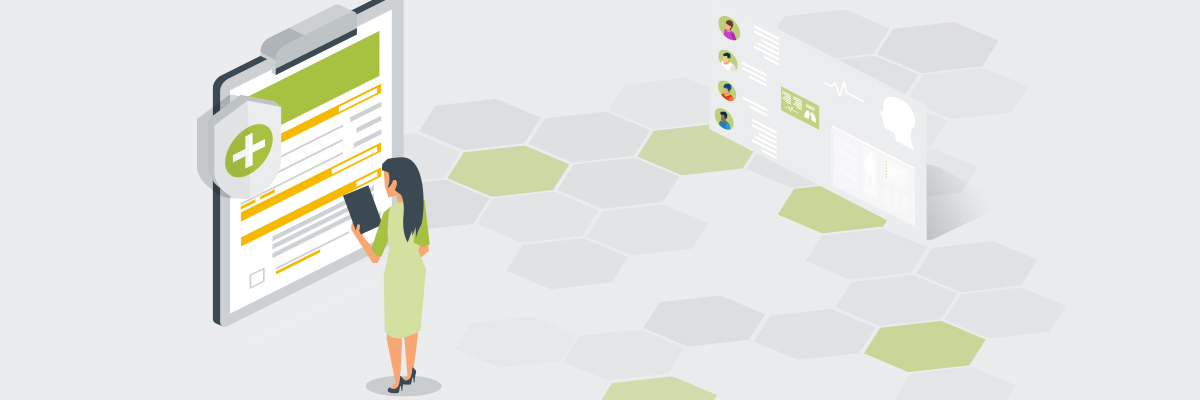When the internet connection on your mobile phone is spotty, you’re irritated. When your Spotify music app won’t connect to your Bluetooth wireless speaker, you’re annoyed. If Amazon.com is down, you roll your eyes. With modern day conveniences and the advancement of technology, you expect nothing less than a seamless experience.
But in the workplace, you settle for slow(er) internet connections, archaic software, delayed packaging changes, inefficient meetings with departments across the value chain and confusion surrounding which creative brief is the most current on file.
Why are you settling?
If your packaging process is the same as it was a decade ago, it may be time to look at emerging technologies available, many of which can help improve your efficiency, your team’s communication and maybe even lessen the tension in your shoulders that you get when you think about starting a new project. To help you understand what’s new on the market, we looked at seven technologies that can transform your packaging value chain right now.
1) Computer vision
In the future, computer vision—a computer’s ability to identify information from images, video and the real world—will fly pilotless planes and drive autonomous cars. For now, the latest interesting packaging technologies available will help engineers do things they thought were not possible, in less time than ever before.
In packaging, computer vision’s main benefit is its ability to ensure an error-free finished product. It can compare files, scanning pixel-by-pixel to catch errors in the text, logo or color. This avoids printing thousands of boxes with the wrong artwork. When printing, computer vision scans packages for printing errors, allowing manufacturers to reduce overruns and at the same time prevent misprinted packaging from getting shipped to the customer.
This technology’s potential is rather large, in the packaging industry and beyond. According to Statista, the computer vision consumer goods market will skyrocket from $9.4 billion this year to $17.7 billion next year.
2) Virtual reality
It used to take months to test and design new packaging structures. Structural designers would sink hours into designing, printing, cutting and folding mockups; if brands leaders didn’t like the mockup, they’d go back to the drawing board, redesign the package, print it out and start the process over again.
Now, packaging designers can use virtual reality software (VR) to create a 3-D, virtual mockup. Instead of spending hours printing, cutting and folding, we can show brand leaders and consumers a VR mockup on a screen or through a headset, allowing them to view the concept from all angles, even in a virtual store. If brand leaders request a change, this can be accomplished almost instantly. After the package is approved, these same digital mockups can be sent to consumer panels across the country (or around the world) for VR testing, allowing brand leaders to quickly learn how likely potential customers would be to purchase the new packaging.
3) Augmented reality
In augmented reality (AR), consumers see digital objects within the context of how they appear in the real world. Augmented reality allows people to utilize their phones in store to see what the package (which has yet to be created) will look like.
While consumer adoption of AR adoption is in its early phases, companies should consider experimenting with the technology, as it provides a lot of contextual evidence as to how the product packaging will look in the appropriate environment. This technology saves brand leaders massive amounts of time, as they no longer have to set-up and shoot product photos at multiple locations, both for testing and for selling purposes.
4) Connectivity
Just as connectivity changed how consumers shop, it has changed how the packaging industry works. Our connected world has given companies a better idea of who their customers and competition are, allowed employees to more easily communicate and also connected brand leaders with suppliers in real time. With increased connectivity, we can solve issues before they become actual problems.
Just think of how easy it is now—especially compared to 10 years ago—for employees to communicate and how much time it has saved our industry. Senior leadership doesn’t always have time to hold multiple meetings, especially during periods of high-demand, but they do have time to send messages, the ability to share files through digital asset management and see who has completed which marketing, design and packaging tasks through workflow software. Connectivity allows the entire value chain to communicate with higher responsiveness, and that means greater speed and higher quality of work.
5) Automation Tools
There are tons of automation tools available, so you should get unreasonable about your expectations for automation. When you adopt the right tools—your packaging process will become less frustrating, more seamless and transparent.
When leaders ask me how they can take advantage of automation, I ask them two questions. First: what is holding back your process? You should look for any snags or bottlenecks to find problems, then look for ways to automate. This could save hours in your day by increasing speed and cutting costs.
Second: what are your biggest frustrations? Many people say that they get incomplete information at the beginning of the process. I tell them that you can automate information gathering and let the computer deal with the frustration.
6) Traceability
Brand leaders, packaging engineers, marketers and designers have always kept track of package changes throughout the process, but it’s difficult to remember the context of why each change was made. Traceability makes it easy to remember the details by keeping a record of the changes, why they were made and who made them. With automated workflow software and connectivity between departments and with suppliers, it becomes easy to track the steps in the process.
Traceability also helps designers and marketers understand the exact status of packaging projects, wherever they are in the value chain, and what type of feedback has been given by management. This allows them to see if something has been rejected or provide feedback in real-time, saving hours of time and multiple rounds of changes.
7) Social media
By next year, Statista predicts that 2.77 billion people across the world will be on social media. That’s more than a third of the world’s population.
This unprecedented access to individuals has enabled the testing of designs. Let’s say we create two images; one performs well on social media, the other flops. We now have good data about both images, data that used to take weeks of focus group testing to gather from multiple regions.
On a simpler level, we no longer need to print stacks of papers and bring them to team meetings, as we’re now connected through social messaging apps at work. Within seconds, we can share ideas and inspiration at the beginning of the design process and throughout, staying in constant contact so we can adapt as needed.
What’s Next?
These new technologies won’t essentially change what brands do; designers will still create beautifully designed packages like they always have. But the benefit of utilizing new, emerging technologies like these makes processes better, simplifying the value chain and increasing our connectivity. With emerging technology, packaging will continue to change over the next ten years and I’m excited to see what will become available to help brands strengthen their packaging capabilities.










